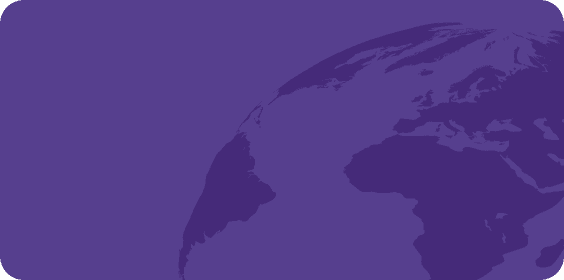Professional Employer Organization (PEO) vs. Employer of Record (EOR)

Key Takeaways
Although the terms are sometimes used interchangeably, EORs and PEOs (including international PEOs), have key differences.
Both EORs and PEOs help companies legally hire and pay workers. However, EORs take on the legal risk and liability for a company, and can help them get set up in a new country faster.
If hiring an EOR, choose a full-service provider to ensure access to local experts and more flexible tools.
What’s the difference between a PEO and an EOR?
An employer of record (EOR) is similar to a professional employee organization (PEO), and it’s easy to get them confused. While both provide outsourced HR support, an EOR works as your legal entity — even in countries where you don’t currently have a presence — while a PEO functions as your co-employer. With co-employment, the client organization is required to be legally registered as an entity in the country where the employees are.
What about an international PEO?
The confusion between EOR and PEO is deepened by the murky definition of international PEO. Technically, PEOs don’t exist outside of the United States, but the term “international PEO” is sometimes used to describe EOR services. It’s easy to see why some providers refer to themselves as international PEOs — there are certainly similarities between a PEO and a global EOR provider. By referencing the PEO model when they're actually referring to an EOR, they give would-be partners a familiar concept to help them understand what’s being offered. But it’s important to make sure you aren’t hiring a PEO when your organization really needs the services of an EOR.
This is because PEOs are not only riskier than EORs, they often have rigid employment contract terms and benefit provisions for their workers. This can have an impact on clients looking to hire and retain a higher level of talent — particularly in countries where statutory benefit provisions may not be sufficient. The ability to customize employment scenarios can be invaluable in these circumstances.
Retaining a full-service EOR
When evaluating your options, first make sure you’re clear about what model your provider is advocating for — a PEO or an EOR. When working with an EOR, it’s also beneficial to work with a full-service EOR, rather than a self-service EOR. A full-service provider like Safeguard Global can handle payroll and employment compliance, tax remittance, and other administrative and reporting tasks — as well as provide in-country experts to support both you and your employees. At Safeguard Global, we also help clients set up legal entities, which makes it even easier for companies using EOR as an interim solution to transition workers to their own entity, once it’s set up.
If you have further questions about using an international employer of record service, contact us to speak with a global solutions advisor.
More Resources


Contact Us
Book a demo today
We’d love to learn more about your needs and show you how we can help. Submit the form and we’ll be in touch to schedule a personalized demonstration of our platform and services.
Schedule an appointment
Fill out the form to speak to a rep about how we can help your organization.





















